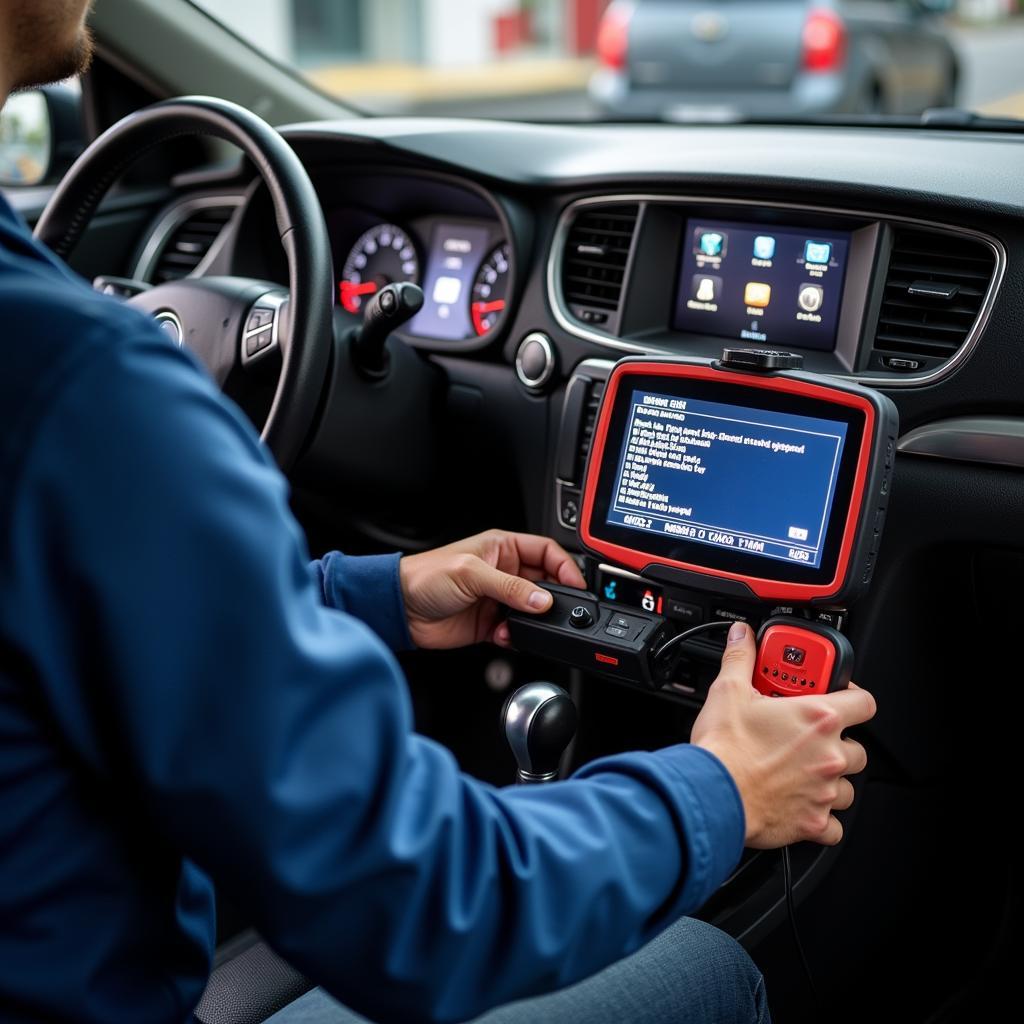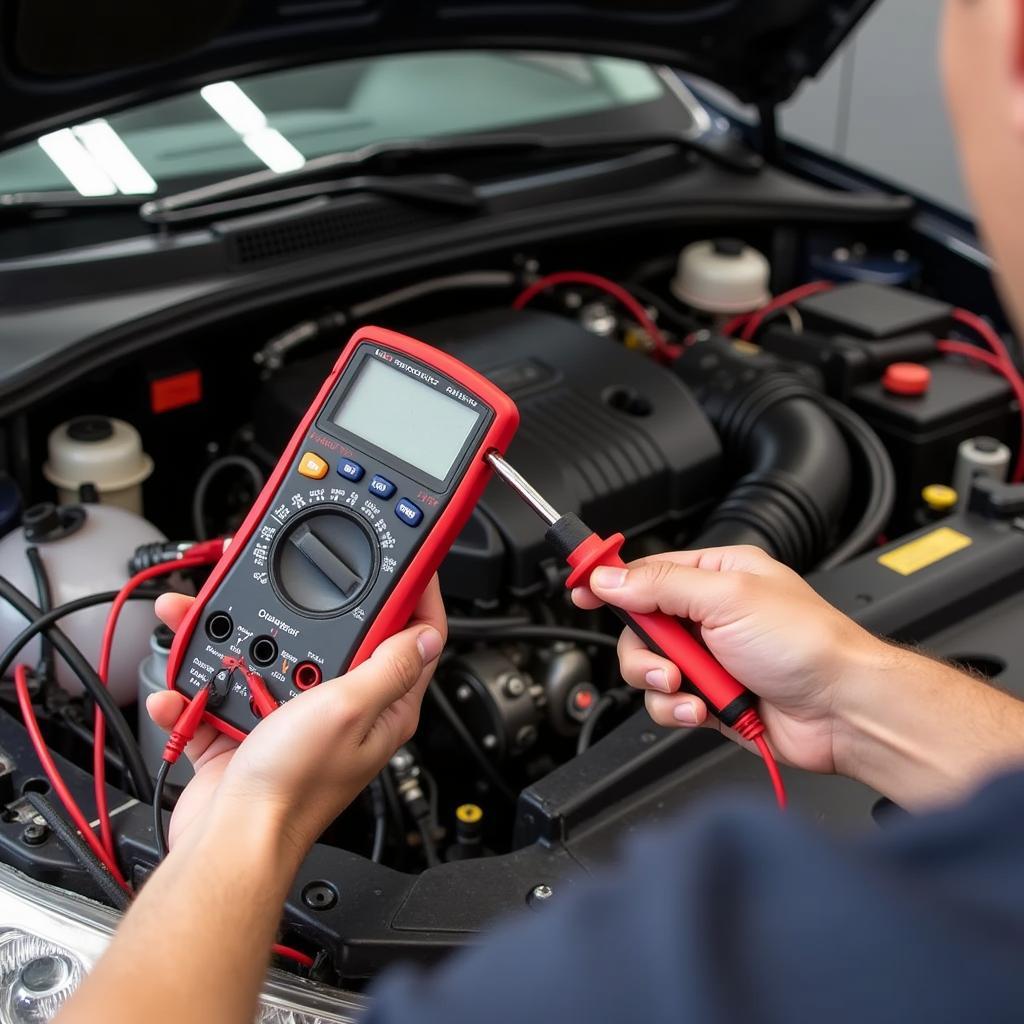Jump starting a car seems simple enough, right? Yet, sometimes you connect the cables, the other car hums, and your vehicle remains stubbornly lifeless. This frustrating scenario, “jump start not starting car,” is more common than you might think. Let’s delve into the reasons why a jump start might fail and how you can troubleshoot this issue effectively.
Why a Jump Start Might Fail
Several factors contribute to a failed jump start, ranging from simple oversights to more complex mechanical issues. Understanding these potential culprits is crucial to getting your car back on the road.
Common Jump Start Mistakes
One common mistake is incorrect cable connection. Double-check that the positive (red) clamps are connected to the positive terminals on both batteries and the negative (black) clamp is connected to the negative terminal of the good battery and a clean, unpainted metal surface on the dead car’s engine block, away from the battery. Another oversight is not allowing the donor car to run for a few minutes before attempting to start the dead car. This allows the good battery to charge the dead one slightly. Also, car not starting with jump start can be due to a dead battery in the “donor” car.
Beyond the Cables: Deeper Issues
Sometimes the problem lies beyond the jump start itself. A severely depleted or damaged battery might not accept a charge. jumper cables not starting car could also indicate a faulty alternator, which is responsible for recharging the battery while the engine runs. Other potential issues include a bad starter, corroded battery terminals, or even a blown fuse.
Troubleshooting Your Jump Start
Here’s a step-by-step guide to help you diagnose and fix the “jump start not starting car” problem.
-
Check the Cables: Ensure the cables are securely connected and in good condition. Replace any frayed or damaged cables.
-
Let the Donor Car Run: Allow the donor car’s engine to run for 5-10 minutes before attempting to start the dead car.
-
Try Again: Attempt to start the dead car. If it still doesn’t start, proceed to the next steps.
-
Test the Battery Voltage: Using a multimeter, check the voltage of the dead battery. A reading below 12.4 volts indicates a weak or dead battery.
-
Inspect the Alternator: With the engine running, check the voltage at the battery terminals. It should be around 14 volts. A lower reading suggests a faulty alternator.
-
Check the Starter: If the battery and alternator are fine, the starter might be the culprit. Listen for a clicking sound when you turn the key. This often indicates a bad starter.
“A jump start relies on more than just cables. It’s about the interplay of battery health, alternator function, and a good starter,” says John Smith, Automotive Electrical Engineer at Advanced Auto Solutions.
car battery not starting with jump is a common scenario, and troubleshooting might require professional help.
When to Seek Professional Help
If you’ve tried all the troubleshooting steps and your car still won’t start, it’s time to call a professional. A qualified automotive technician can diagnose the problem accurately and perform the necessary repairs. car not starting with jump can sometimes be a symptom of deeper electrical issues.
 Mechanic Diagnosing Car Problem with Diagnostic Tool
Mechanic Diagnosing Car Problem with Diagnostic Tool
“Don’t let a dead battery ruin your day. With proper diagnosis and repair, your car can be back on the road in no time,” advises Jane Doe, Lead Technician at Auto Repair Experts. jump start car not starting often requires expert diagnosis.
Conclusion
A jump start not starting your car can be frustrating, but understanding the potential causes and following a systematic troubleshooting approach can often resolve the issue. Remember to check your cables, battery, alternator, and starter. If the problem persists, seeking professional help is always the best course of action to ensure your car gets the proper care and gets you back on the road quickly and safely.

